The global sportswear market is one of the most lucrative markets in the world. The market size is worth $500 billion for installation views and its share is expected to grow to $700 billion by 2023. The sportswear market has a strong presence in the United States, Europe, and Asia. It is also growing in Latin America and Africa. This growth can be attributed to the increasing number of people who are becoming more active because of health reasons or just for leisure purposes. Athletic wear brands dominate this industry as they have been able to capture a large chunk of the market share with their high-quality products that are available at affordable prices. Brands like Nike and Adidas have a strong hold on this industry as they are able to provide both quality and affordability which consumers want from their sports clothing brands. The market is clear cut and there are several sub-segments that have recently emerged in this industry. These sub-segments include sports shoes, sportswear, and sports equipment.  The sportswear market continues to be dominated by multinational brands like Nike which accounted for a whopping $25 billion in 2016. Nike has been able to maintain its strong position in this market owing to its high-quality products, the company’s global presence, and a superior marketing strategy which has allowed the brand to build up brand loyalty among its customers. The company has managed to keep its focus on designing products aimed at meeting the changing needs of consumers and providing them with quality products that are made from high-quality materials. The product line offered by this brand is impressive as it includes apparel for humans as well as pets and even accessories like watch. Adidas which is the second largest player in this industry accounts for a market share of $9 billion. Adidas has managed to maintain its position in the market owing to its powerful marketing strategies and brand over-reach which has allowed it to build up trust among consumers. The company’s pricing strategy is also a key reason behind its success as it allows the company to provide high quality products at affordable prices with regular sales and discounts being offered so as to attract more buyers. The sports equipment sub-segment is one of the fastest growing industries in this industry due to an increasing interest of consumers in adventure sports like rock climbing, motorcycling, and surfing. The two main factors that influence the sales of products like these are the quality and variety. More people want quality, but they also want to spend less. In order to achieve these goals, manufacturers have started making extensions for a variety of activities where people can participate in. These activities include:
The sportswear market continues to be dominated by multinational brands like Nike which accounted for a whopping $25 billion in 2016. Nike has been able to maintain its strong position in this market owing to its high-quality products, the company’s global presence, and a superior marketing strategy which has allowed the brand to build up brand loyalty among its customers. The company has managed to keep its focus on designing products aimed at meeting the changing needs of consumers and providing them with quality products that are made from high-quality materials. The product line offered by this brand is impressive as it includes apparel for humans as well as pets and even accessories like watch. Adidas which is the second largest player in this industry accounts for a market share of $9 billion. Adidas has managed to maintain its position in the market owing to its powerful marketing strategies and brand over-reach which has allowed it to build up trust among consumers. The company’s pricing strategy is also a key reason behind its success as it allows the company to provide high quality products at affordable prices with regular sales and discounts being offered so as to attract more buyers. The sports equipment sub-segment is one of the fastest growing industries in this industry due to an increasing interest of consumers in adventure sports like rock climbing, motorcycling, and surfing. The two main factors that influence the sales of products like these are the quality and variety. More people want quality, but they also want to spend less. In order to achieve these goals, manufacturers have started making extensions for a variety of activities where people can participate in. These activities include:
- Baseball
- Basketball
- Football (soccer)
- Racing/Motorsports
- Running/Jogging
- Team Sports (e.g., volleyball)
- Training and Fitness
- Beach Volleyball
- Auto Racing/Camping
- Lacrosse
- Rugby (union and league)
12 .Cycling (including road cycling and mountain biking) 13 .Golf (including equipment for playing golf, such as clubs, balls, bags, etc.) 14 .Gymnastics/Trampoline 15 .Hockey 16 .Tennis 17 .Volleyball (indoor and beach) 18 .Water Sports/Surfing/Windsurfing 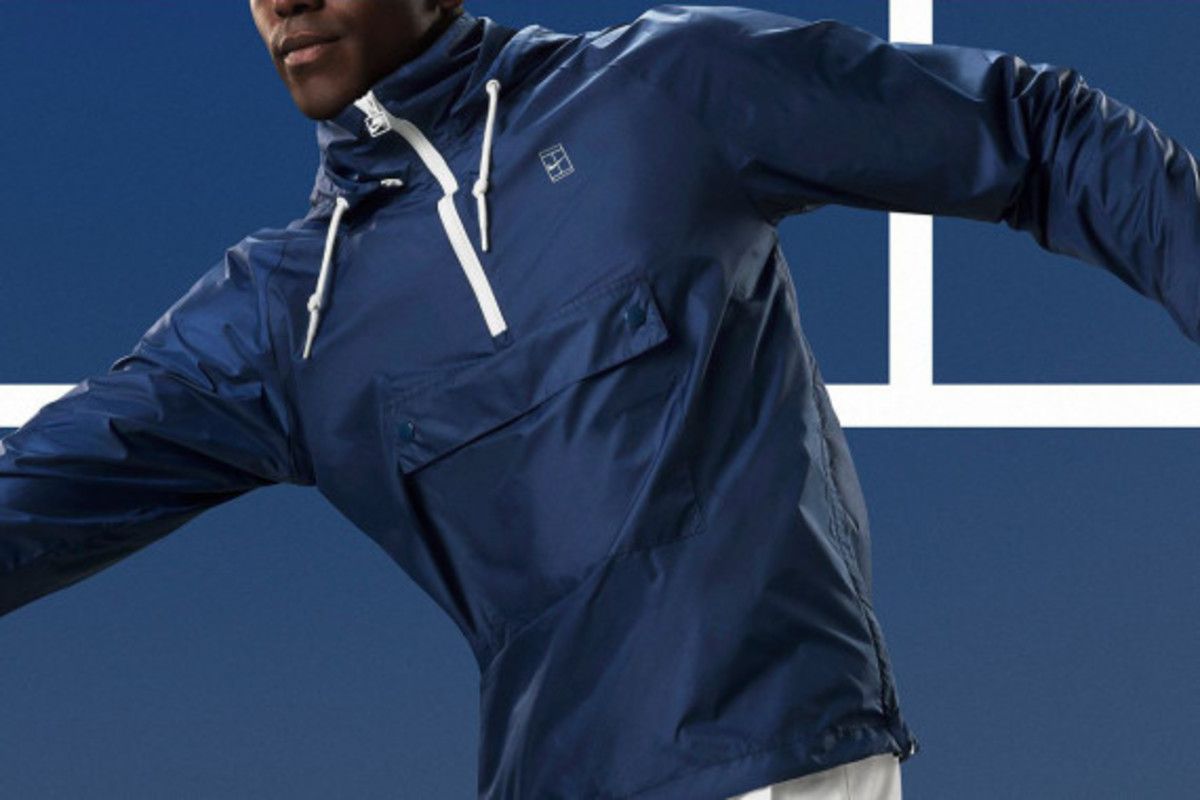
The sportswear global market
The sportswear market is driven by factors such as increasing popularity of global sports and fitness culture, rising number of individuals following proper diet plans and regular exercise regimen, increasing health consciousness among consumers, rapid growth in activewear segment due to rise in demand for lightweight sportswear & apparel, increasing number of fitness centers and health clubs, growing female consumer base and rise in demand for sportswear brands among youth. As per the research report by Technavio, “The global sportswear market is projected to reach USD 14,273.8 Million by 2022, at a CAGR of 4.6% during the forecast period 2016–2022”. On the basis of product type, the market is segmented into underwear, performance wear & protectors and accessories. On the basis of geography, we have divided it into North America, Europe and APAC Countries. According to the research report by Technavio (2016-18), “The global sportswear market is projected to witness healthy growth during 2016-2022”. The global sportswear market is segmented industry-wise into four segments on the basis of content, application and geography. The apparel & accessories segment is further segmented into value-added products and fashion products, which are further sub-segmented into filmy wears, shirts & tops, Tops (sportswear), Pants & shorts etc. on the basis of design, content and application. The filmy wears segment includes underwear; made from synthetic fabrics such as microfiber or from natural materials such as cotton. The shirts & tops segment includes T-shirts, polo shirts and t-shirts. In 2015, the filmy wears segment accounted for the major market share in this category. The main reason behind the huge market share of this segment is that such clothing are reasonably priced.  The performance wear & protectors segment includes garments that are specifically designed to maximize an athlete performance during sporting events such as football or cricket etc. This segment is sub-segmented into compression wear & base layers; compression wear is used to improve blood circulation, reduce muscle fatigue and enhance muscle recovery process. Base layers protect wearers from wind and cold weather by trapping warm air near the body’s surface and dispersing sweat away from the skin. The sports ware & accessories segment is the major product segment in the market and is further sub-segmented into head gears and accessories, running shoes, cycling shoes & accessories and other sports wear & accessories. On the basis of region, we have segmented it into North America, Europe, APAC Countries and Rest of the World (RoW). On the basis of application we have segmented it into Running, Cycling and Football etc. The North America region accounts for a large market share in this market owing to rising number of youth following proper fitness regimens and diet plans. The Europe sportswear market was valued at $66 billion in 2018. The market is projected to rise at a CAGR of 3.5% during 2019–2023, mainly driven by increasing consumer awareness for sports and activities and adoption of sportswear brands along with the growth in activewear segment. The Asia-Pacific region is projected to be the fastest growing region with a CAGR of 5.6% from 2019–2023 mainly due to high spending power and global sports culture among consumers in countries such as India, China and South Korea.
The performance wear & protectors segment includes garments that are specifically designed to maximize an athlete performance during sporting events such as football or cricket etc. This segment is sub-segmented into compression wear & base layers; compression wear is used to improve blood circulation, reduce muscle fatigue and enhance muscle recovery process. Base layers protect wearers from wind and cold weather by trapping warm air near the body’s surface and dispersing sweat away from the skin. The sports ware & accessories segment is the major product segment in the market and is further sub-segmented into head gears and accessories, running shoes, cycling shoes & accessories and other sports wear & accessories. On the basis of region, we have segmented it into North America, Europe, APAC Countries and Rest of the World (RoW). On the basis of application we have segmented it into Running, Cycling and Football etc. The North America region accounts for a large market share in this market owing to rising number of youth following proper fitness regimens and diet plans. The Europe sportswear market was valued at $66 billion in 2018. The market is projected to rise at a CAGR of 3.5% during 2019–2023, mainly driven by increasing consumer awareness for sports and activities and adoption of sportswear brands along with the growth in activewear segment. The Asia-Pacific region is projected to be the fastest growing region with a CAGR of 5.6% from 2019–2023 mainly due to high spending power and global sports culture among consumers in countries such as India, China and South Korea. 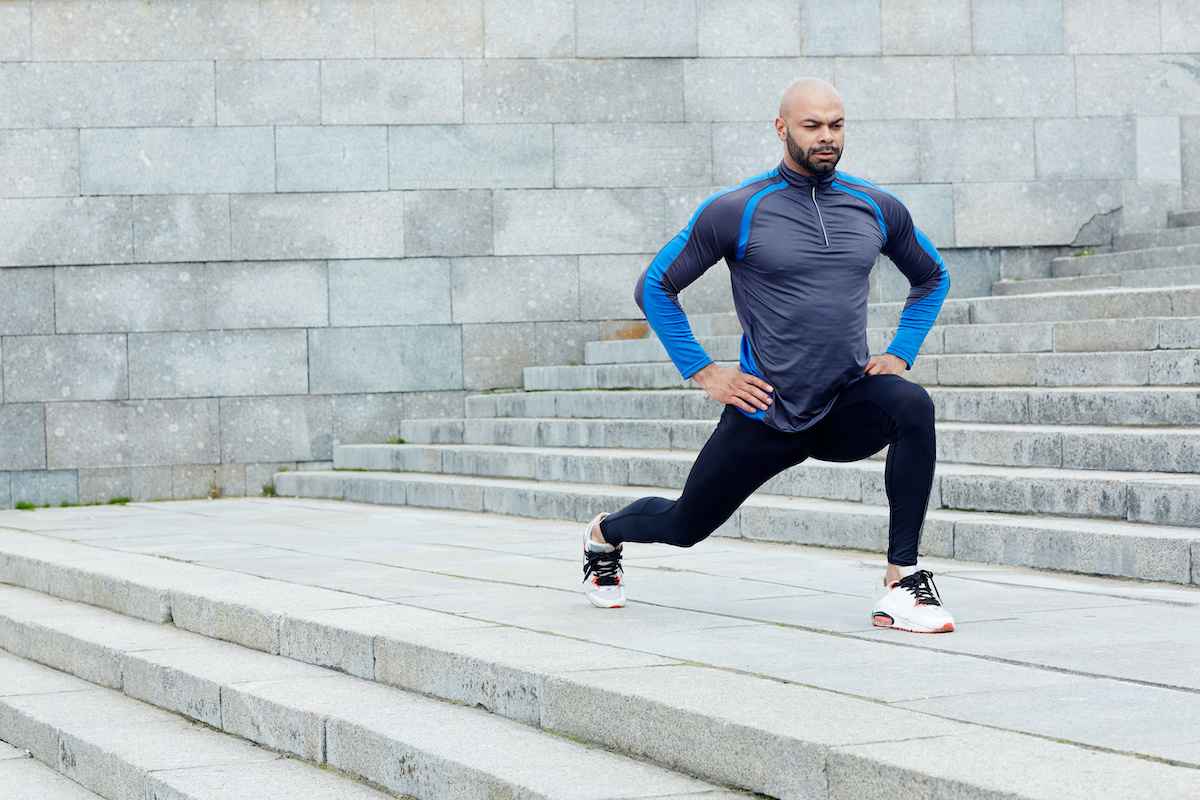
The sportswear market size
The global sportswear market is evolving rapidly. The growth of the size in sports genre reflects a higher demand for sports clothing, footwear and accessories from both professional athletes and the general sports enthusiast. With increased participation in sports across all ages, the sportswear market is expected to experience tremendous growth as a result of this phenomenon, coupled with the increased globalization of sports. The global demand for sportswear is also propelled by the ever-increasing shift in lifestyle towards more active and health conscious individuals. Moreover, growing acceptance for branded sports clothing amongst consumers and the increasing popularity of sports among women are expected to further catalyze growth of the market during the forecast period. The sportswear market is segmented on the basis of product type, material, end user, application and region. On the basis of product type, it is classified into apparel, footwear and accessories. Apparel segment dominated with largest share in 2015 followed by footwear and accessories segment. Also footwear segment expected to grow at a CAGR of 4% during 2016-2022. Sports garments segment is largely dominated by the apparel segment, owing to their relatively lower price points. On the basis of application, it is classified into outdoor, sports and leisure and formal & casual. Outdoor segment dominated with largest share in 2015 followed by sports and leisure segment. Sports are popular among men due to its dynamic nature. With increasing popularity of sports, this market is expected to experience considerable growth during the forecast period. The formal & casual segment is expected to grow at a comparatively higher rate during the forecast period owing to increased demand for sportswear from youths and women in urban areas.- 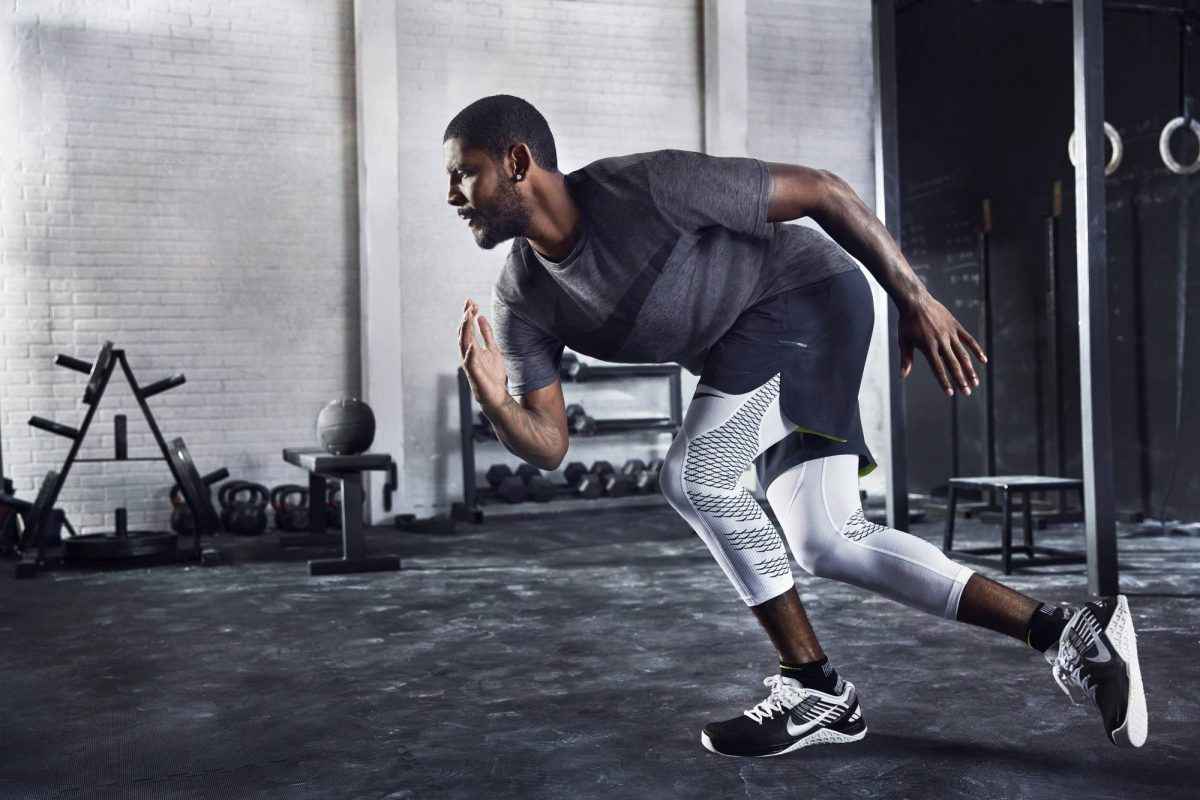 Inexpensive fashion brands are also offering wide range products with low pricing which are aimed at emerging markets such as China. The growth of the market is also driven by rising health and fitness awareness, increased disposable income in emerging economies, increase in the number of sporting events and improved marketing strategies adopted by the key players. On the basis of material, it is classified into natural fibers and synthetic fibers. The natural fibers segment is expected to dominate with largest share in 2015 followed by synthetic fibers segment. Synthetic fibers are expected to grow at a comparatively higher rate during 2016-2022. Region wise, Asia Pacific was dominant with largest share in 2015 followed by North America and Europe. It is expected to grow at a CAGR of 4% during 2016-2022. The global sportswear market is consolidated in nature with the presence of a few major players, but the market entry barriers are relatively low. Factors such as evolving retail trends, rising popularity for sports and increasing acceptance for branded athletic wear are expected to encourage new entrants over the forecast period. The key players operating in this market include Adidas AG (Germany), Nike Inc. (U.S.), Under Armour Inc (U.S.), Puma SE (Germany), Lululemon Athletica inc. (Canada) and New Balance Athletic Shoe, Inc.(U.S.).
Inexpensive fashion brands are also offering wide range products with low pricing which are aimed at emerging markets such as China. The growth of the market is also driven by rising health and fitness awareness, increased disposable income in emerging economies, increase in the number of sporting events and improved marketing strategies adopted by the key players. On the basis of material, it is classified into natural fibers and synthetic fibers. The natural fibers segment is expected to dominate with largest share in 2015 followed by synthetic fibers segment. Synthetic fibers are expected to grow at a comparatively higher rate during 2016-2022. Region wise, Asia Pacific was dominant with largest share in 2015 followed by North America and Europe. It is expected to grow at a CAGR of 4% during 2016-2022. The global sportswear market is consolidated in nature with the presence of a few major players, but the market entry barriers are relatively low. Factors such as evolving retail trends, rising popularity for sports and increasing acceptance for branded athletic wear are expected to encourage new entrants over the forecast period. The key players operating in this market include Adidas AG (Germany), Nike Inc. (U.S.), Under Armour Inc (U.S.), Puma SE (Germany), Lululemon Athletica inc. (Canada) and New Balance Athletic Shoe, Inc.(U.S.). 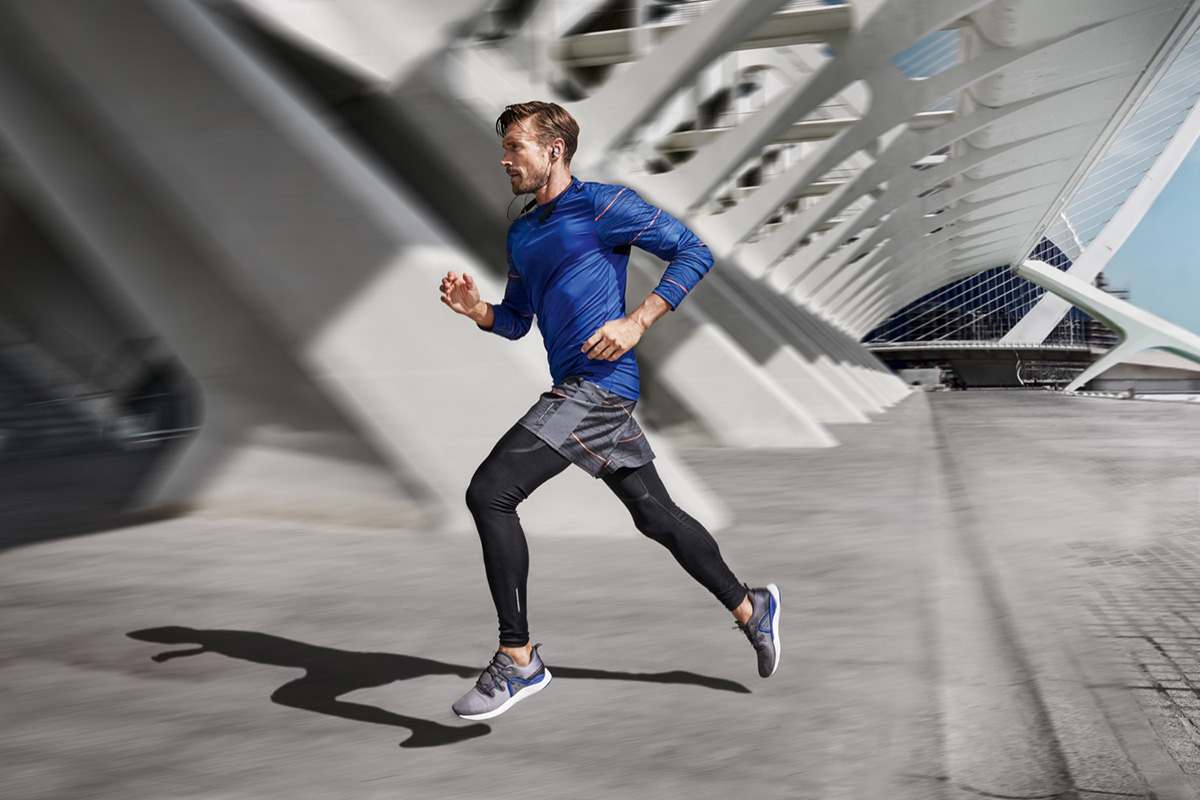
The sportswear market share
The sportswear market has the largest share in the global apparel industry sector. Sports shoes and athletic wear dominate this market with preferred merchandise of colors. This is due to the large popularity of these products among youths. The sports accessories market is one of the fastest growing segments in the global sports and leisure industry. Sports accessories includes products such as footwear, bags and accessories, clothing, and equipment. High growth is expected in the sports accessories market in the near future. The demand for sports and leisure products is expected to grow at a CAGR of 4.3%. Leading countries in the global sports and leisure industry are China, USA, Germany, Japan and France. The demand in the global sporting goods is expected to increase due to the rising use of sports by children and the increasing household income in developing countries. The global New Balance football-shoe market is estimated at $6.55 billion by 2023 with a CAGR of 2.6% over 2017-2023. During the past few years, fast fashion has become increasingly popular. In fact, it is projected that 80% of all fast fashion sales will occur online by 2017. Fast fashion companies have enabled the consumer to get their products delivered within days after placing an order, and this saves on time and money. Shoppers enjoy this convenience, and today, more than 50% of all apparel purchases are influenced by social media.  Social media also gives shoppers a better way to make decisions based on what their peers or friends have already purchased instead of giving up their hard-earned cash on impulse buys. Social media refers to a variety of applications that allow users to create and share content online, like Facebook, Twitter, Google+ and Pinterest. In fact, over 80% of apparel companies are using social media in some form. The most successful brands do not use it as a promotional tool; instead they use it to build a relationship with consumers by actively engaging with them. A positive relationship can lead to better brand loyalty and customer satisfaction among current customers as well as attract new customers through recommendations. In the field of sustainable fashion, social media plays an important role in ensuring that consumers are aware of the quality of fabrics and production methods behind the product they are purchasing. The online apparel sales have grown at a CAGR of more than 70% since 2010. Online apparel market has been growing at a fast pace especially in North America, Europe and Asia Pacific due to increasing number of online buyers worldwide. In India, online apparel sales are expected to grow at a CAGR of more than 40% by 2020. This can be attributed to rising level of Internet penetration in the country followed by increase in disposable incomes among consumers. Most of the consumers buy sports shoes for comfort and versatility, along with a reasonable price range. The global market is expected to expand to $190 billion in 2020, with a CAGR of 4.7%.
Social media also gives shoppers a better way to make decisions based on what their peers or friends have already purchased instead of giving up their hard-earned cash on impulse buys. Social media refers to a variety of applications that allow users to create and share content online, like Facebook, Twitter, Google+ and Pinterest. In fact, over 80% of apparel companies are using social media in some form. The most successful brands do not use it as a promotional tool; instead they use it to build a relationship with consumers by actively engaging with them. A positive relationship can lead to better brand loyalty and customer satisfaction among current customers as well as attract new customers through recommendations. In the field of sustainable fashion, social media plays an important role in ensuring that consumers are aware of the quality of fabrics and production methods behind the product they are purchasing. The online apparel sales have grown at a CAGR of more than 70% since 2010. Online apparel market has been growing at a fast pace especially in North America, Europe and Asia Pacific due to increasing number of online buyers worldwide. In India, online apparel sales are expected to grow at a CAGR of more than 40% by 2020. This can be attributed to rising level of Internet penetration in the country followed by increase in disposable incomes among consumers. Most of the consumers buy sports shoes for comfort and versatility, along with a reasonable price range. The global market is expected to expand to $190 billion in 2020, with a CAGR of 4.7%.
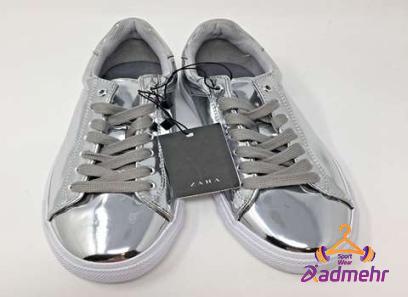
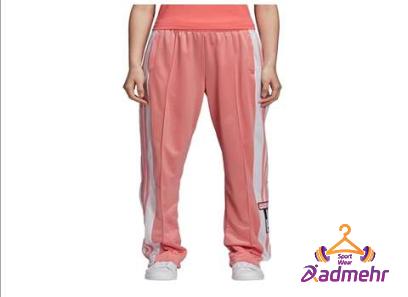
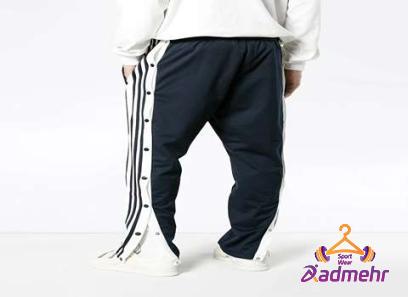
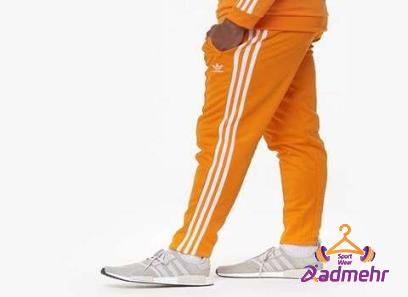
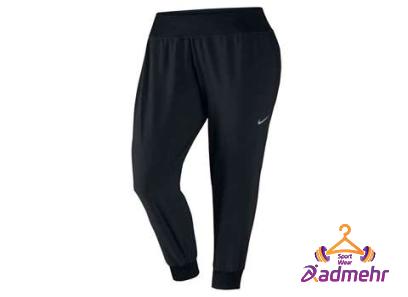
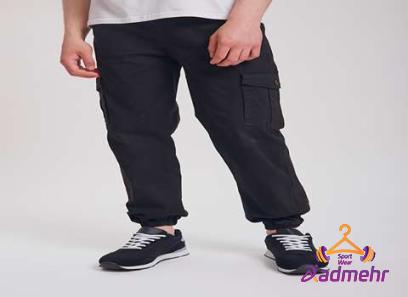
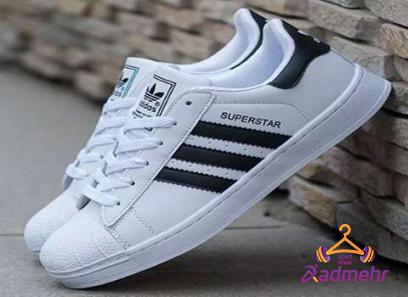
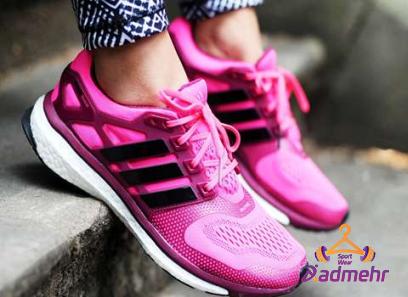
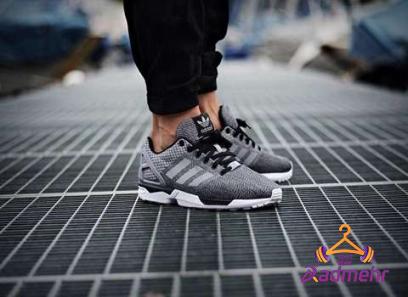

Your comment submitted.